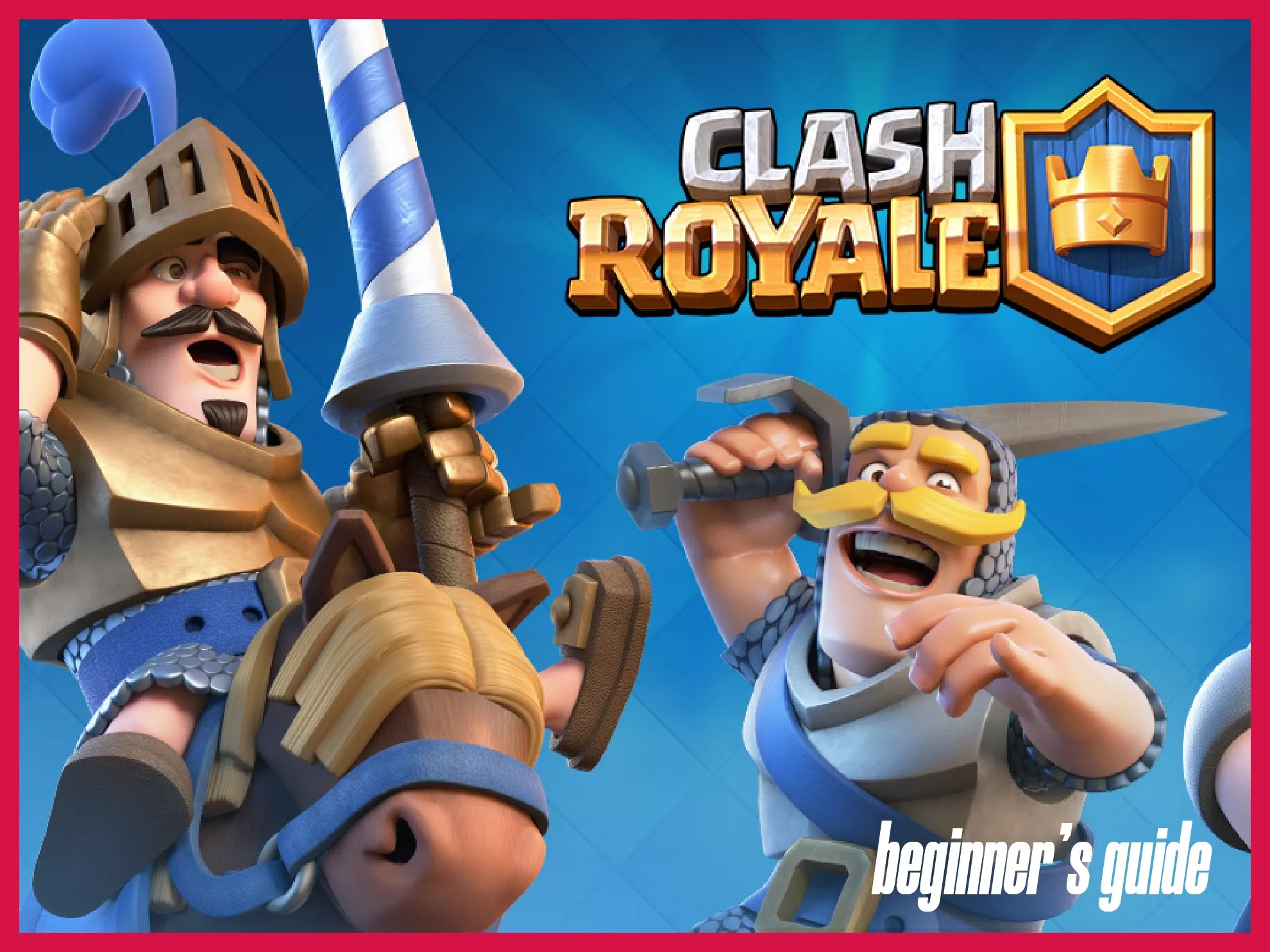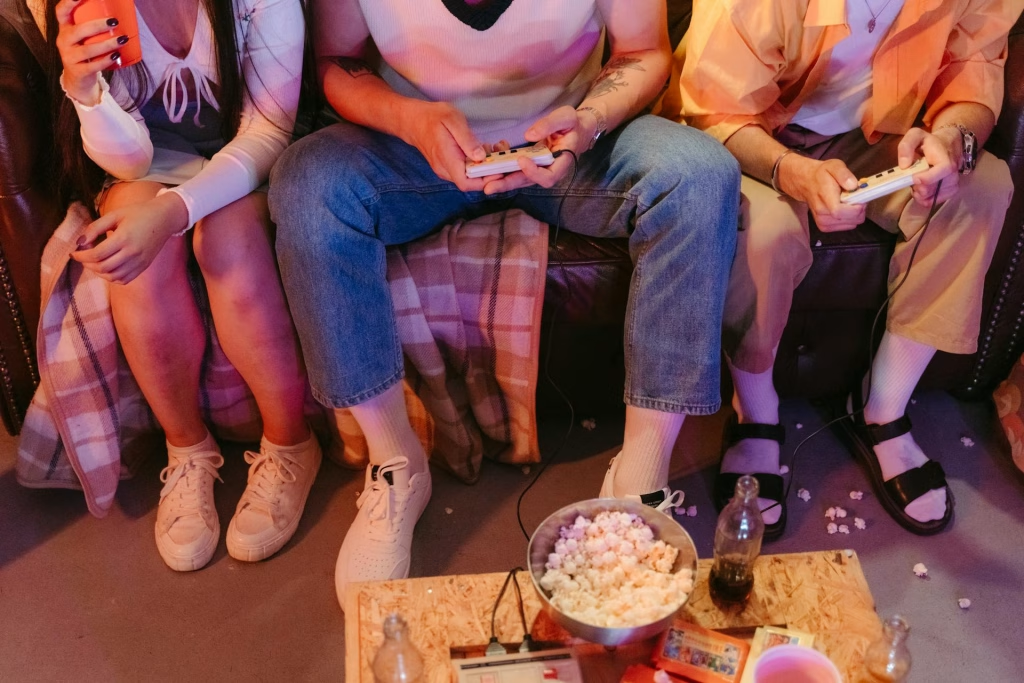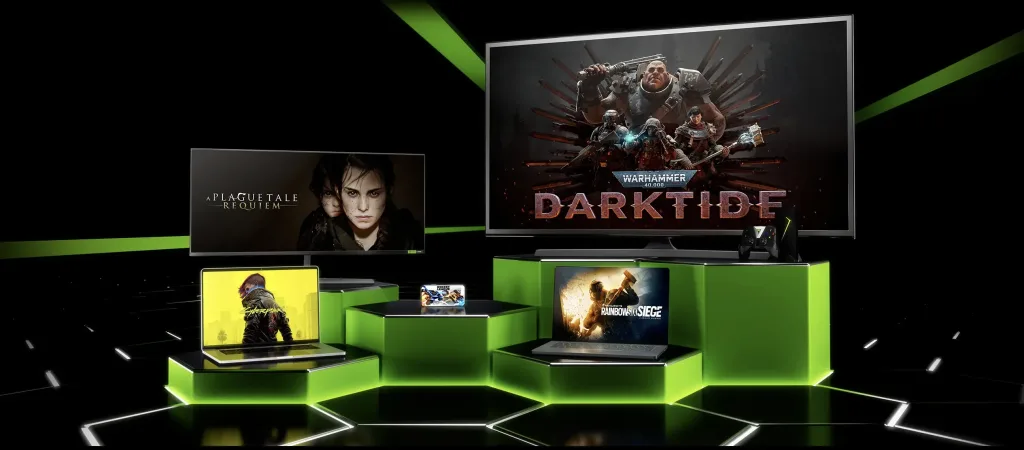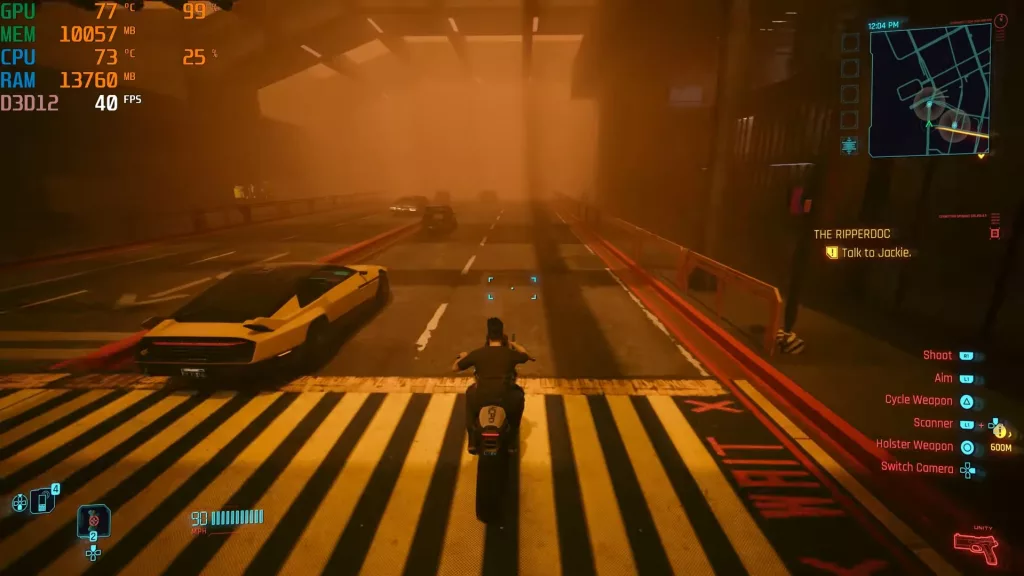Clash Royale is a distinct game. You’re more likely to categorize it as a mixed bag than any other popular genre. In fact, this game is an impressive concoction of several genres: tower defense, strategy, collectible card gaming, and MOBA (multiplayer online battle arena).
Don’t mistake Clash Royale for a battle royale-style game like PUBG Mobile.
Technical overview
Clash Royale is developed by Supercell, the company behind wildly popular and sensational games such as Brawl Stars and Clash of Clans. Clash Royale was released on March 2, 2016. On Play Store, it has a 4.3 rating and on App Store, it has a 4.6 one.
Shortly after its highly-marketed release, Clash Royale became the highest-grossing and most downloaded app in the US on iOS. It received mostly positive reviews but the ratings have dwindled on Android (while improving on iOS).
Clash Royale is a part of the “Clash universe” that Supercell has created. In this universe exists the special brand of Supercell magic, clans, kings and queens, and much more. Clash of Clans is also a part of this universe.
How do you play Clash Royale?

Clash Royale is a fairly straightforward game to play.
The battlefield
You and your opponent(s) face each other on a battlefield that’s divided in half by a river. There are two bridges on both sides that your troops can take to cross the river and reach the enemy (the Hog Rider and flying troops can cross the river from anywhere).
The objective
The objective of the game is to destroy the enemy’s towers. Each tower that you put down contributes one crown. The player with the most crowns at the end of the battle wins. Also, you can destroy the King Tower (the one in the center) to immediately win.
Game mechanics
Clash Royale players use cards from their Battle Deck. You can form your own Deck from the cards you have on the Deck screen. The deck has up to 8 cards, but any 4 will be drawn, randomly, by the game at the beginning. After that, each card that you deploy is replaced by another from your Battle Deck. You can preview which card is next in the bottom-left region of the screen.
You have to choose from these four drawn cards. There are three types of cards: spells, troops, and buildings. The player drops the cards to defend or attack.
You can’t see your enemy’s deck.
There are also 2v2 battles where you tag team with a clanmate against other clan members (or your own, in which case it’s called a practice 2v2). In 2v2 battles, there are two King Towers in the center, connected and with more HP.
Elixir
Each card that you deploy costs some elixir. For example, the Spear Goblins, a group of three very fast goblins that are ranged and can target air units cost 2 elixirs to deploy. The Electro Wizard, a double-target slow-moving wizard who damages when deployed costs 4 elixirs. The maximum elixir you can have is 10.
Strategy
Usually, Clash Royale players focus on taking down one tower only. Once it’s been taken down, they focus on defending their own towers until the timer expires. When the battle time is over, they automatically win because they have destroyed one tower, taking one crown, while defending all three of their own towers.
Double elixir and sudden death
When the countdown timer hits 60 seconds, the game enters “Double Elixir” mode. During this time, you gain twice the amount of elixir than usual, helping you to attack or defend faster and send heavier, more elixir-consuming troops like Golems or Three Musketeers.
If both teams have taken down one or two towers (both have one or two crowns, respectively) and the timer hits 0, the game enters “Sudden Death” mode. In Sudden Death, the person to take the next tower wins. However, even Sudden Death has a timer. When that hits 0, the game finishes with a draw.

The cards
All cards that you can deploy are categorized depending on their overall effectiveness and rarity. All cards can be upgraded up until level 13.
- Common cards are blue. These are the least effective and can be easily countered or left undefended for a little amount of damage under most conditions. They can be upgraded from level 1.
- Rare cards are orange. Rare cards can be very effective or completely useless depending on how you use them. Some are indeed more effective than others. These start at level 3.
- Epic cards are purple. These are the core strength of any good Clash Royale player. If used correctly while maximizing elixir efficiency, Epic Cards can deal a ton of damage. Epic Cards begin with level 8.
- Legendary cards are rainbow-colored. Although the most powerful and hardest to get, these often cost a large amount of elixir to deploy. Even if you have plenty of Legendary Cards, you should avoid adding more than 1-2 (or in some cases, 3) in your deck. These start as level 9 cards.
Getting cards and chests
Cards are everything in Clash Royale. The primary way to get them is by opening chests. You can also buy cards from the shop. Mostly, they cost in-game gold.
You get chests by winning battles. The most common kind of chests is the Silver Chest. All chests have an “opening time”. Once you get a chest, you can start opening it. Once the opening time has elapsed, the chest gives you cards.
Here are the chests:
- Wooden chests: You get these when you begin the game during your Training Camp matches. These take 5 seconds to open and include 3 cards. There’s one guaranteed Epic card in the third Wooden Chest.
- Silver Chests: 3 hours opening time. Guaranteed Common Cards and if you’re above Arena 5 (more on arenas later), you get a guaranteed Rare Card. Above Arena 12, you get two Rare Cards guaranteed.
- Golden Chests: 8 hours opening time. Besides the Common Cards, they guarantee two or more Rare Cards depending on your arena level.
- Magical Chests: 12 hours opening time. Besides Rare and Common Cards, they guarantee two or more Epic Cards, depending on the arena level.
- Giant Chests: They’re like Magical Chests when it comes to rarity, opening time, and card rarity that they offer. However, they contain a greater number of Rare and Common Cards while having a very high chance of containing an Epic.
There’s a chest drop cycle that the game follows. What chest you get from your next win is not random. There are 240 chests in one cycle: 180 Silver Chests, 52 Golden Chests, 4 Magical Chests, and 4 Giant Chests.
Once you have four chests, this cycle will pause and you won’t be getting any more until you make space. Additionally, there are the:
- Free Chests that you can get from the shop for free, daily, and the
- Crown Chests that’s reserved for those who have the Battle Pass.
There’s another chest cycle that kicks off after you reach Arena 2. This cycle includes the Epic, Legendary, Lightning, and Mega Lightning Chest.
- Epic Chests: 12 hours opening time. They contain guaranteed Epic Cards and nothing else.
- Legendary Chests: 24 hours opening time. They contain one guaranteed Legendary Card. You get them when you reach 2,000 trophies. If you’re above Arena 9, then you get a Legendary Chest in every regular chest cycle. When you’re below 9, you get a guaranteed Legendary Chest every two chest cycles.
- Lightning Chests: These can be purchased from the Shop or received through completing Quests. They open instantly. Once you see all their contents, you get “strikes” that you can use to replace an undesired card or card stack with a new item. At the end of the strikes, you end up with your final cards. You can also skip these strikes at any time.
- Mega Lightning Chests: 24 hours opening time. They also have a strike system. These come with a chance of containing one Legendary Card from Arena 4 and beyond. Once you reach Arena 12, there’s a guaranteed Legendary.
You can also open chests instantly with gems. Chests also provide gold. You can buy chests from the shop too. Certain chests can only be purchased from the Shop:
- Fortune Chest
- King’s Chest
- Legendary King’s Chest
Certain chests are available under special conditions:
- The Ultimate Champion Draft Chest is available to players in Arena 13 from the Shop. It replaces the Draft Chests players used to get by finishing a season in a League.
- The more you win in Victory Challenges, the better Challenge Chest you get.
- At the end of every Clan War, you get a War Chest. The better your rank, the better this chest will be.
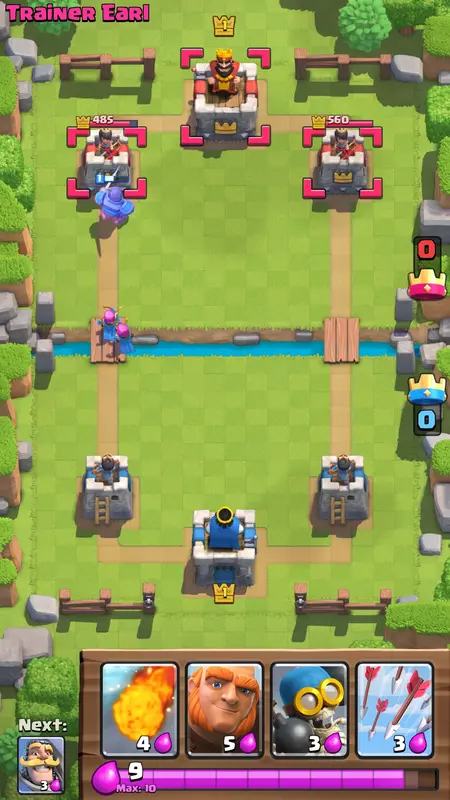
Game’s progress
So, now the essentials are out of the way. You have a sound understanding of how the towers work, how you win, how to get cards, and so on.
It’s about time you learned how you progress and become a better player.
Card levels, clans, and trophies
As a general rule of thumb, the better cards you have and the higher their levels, the better your chances of winning a game.
Also, you can form or join clans in Clash Royale. Once you do, you can take part in Clan Wars, chat with others, or practice with your clanmates in friendly matches of all kinds. However, the most important bits are donating and requesting cards. You can request the cards you need to upgrade and donate cards to others who need them.
Winnings earn you trophies and losses cost you the same. However, you win more trophies than you lose.
Arenas
There are many arenas in the game. Your trophy count determines which arena you are in. Each arena unlocks new cards, typically more powerful than the previous arena’s. So, in other words, when you get a Golden Chest in Arena 5, the Cards will be much better than those you got from a Golden Chest in Arena 2.
The tutorial arena is called Training Camp. It’s not counted.
Here are the arenas:
- Goblin Stadium (0-299 trophies)
- Bone Pit (300-599)
- Barbarian Bowl (600-999)
- P.E.K.K.A.’s Playhouse (1,000-1,299)
- Spell Valley (1,300-1,599)
- Builder’s Workshop (1,600-1,999)
- Royal Arena (2,000-2,299)
- Frozen Peak (2,300-2,599)
- Jungle Arena (2,600-2,999)
- Hog Mountain (3,000-3299)
- Electro Valley (3,300-3599)
- Spooky Town (3,600-3999)
- Legendary Arena (4,000+)
Winning in Clash Royale
The battles are easy to understand and monitor. For winning, you have to pay attention to these:
How efficient are you with your elixir usage?
Every card that you deploy costs you some elixir. Elixir fills up at a constant rate (which doubles when 60 seconds are remaining).
You need to deploy as well as think about the future: will you be left with enough elixir to defend? Or to give backup?
Remember, you can’t see your enemy’s deck so you have little idea about what he or she might deploy. But the more you play, the more information you’ll gather to equip yourself with the ability to calculate and predict the enemy’s cards or kinds of cards that you’ll face next.
Countering the enemy’s cards
A simple low-elixir card, the Skeleton Army, can single-handedly deal massive damage to your structures if left unchecked. When you see a Skeleton Army coming your way, you need to think about how to counter it.
A Valkyrie is a good option, as she cleans up groups of enemies pretty fast and the Skeleton Army is fairly low-HP. However, when the enemy deploys a Golem or Giant, your best defense is a Skeleton Army itself, because Golems or Giants don’t target anything but buildings, slowly moving towards your towers. This enables your skeletons to chip away very swiftly.
Air and ground
Some troops are airborne while most others are ground-based. A Baby Dragon can fly and deal splash damage to both, ground and air units. A Valkyrie is a ground troop, so she could be easily countered by an air troop like Minion Horde.
Melee and ranged
Ranged troops can hit from a distance. For example, the Witch deals ranged splash damage while the Prince deals single-target melee damage. Some troops are high-range while some are low-range. For example, the X-Box and the Princess have a very high range. The Witch has a moderate range. And the Minions have a very short range.
The Mega Minion is a melee troop.
Buildings and spawners
There are defensive buildings like the Bomb Tower (short-range splash damage, high attack speed) and Tesla. There are also a few passive buildings like the Furnace that spawn Fire Spirits or the Elixir Collector that amplifies your elixir production.
Spawners are troops, spells, or buildings that can spawn other units, like the Furnace. The Barbarian Hut building spawns barbarians, the Graveyard spell spawns skeletons anywhere on the map, the Night Witch troop spawns Bats, and so on.
When to use damaging spells?
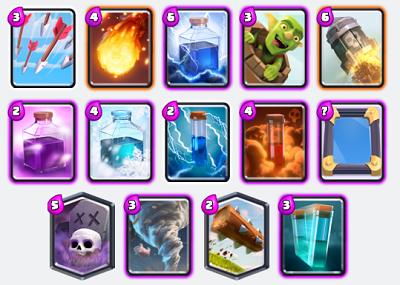
There are many damaging spells in the game that can be deployed anywhere on the map. They differ in their damage output.
For example, the Tornado only deals 140 damage while the Rocket deals a massive 1,232 damage. There are also some special traits to some spells. The Poison provides DPS (damage per second) while the Zap comes with a mini-stun that can force enemies to change targets.
You need to have at least 1-2 direct damage spells in your deck to finish off towers that your troops can’t reach quickly.


